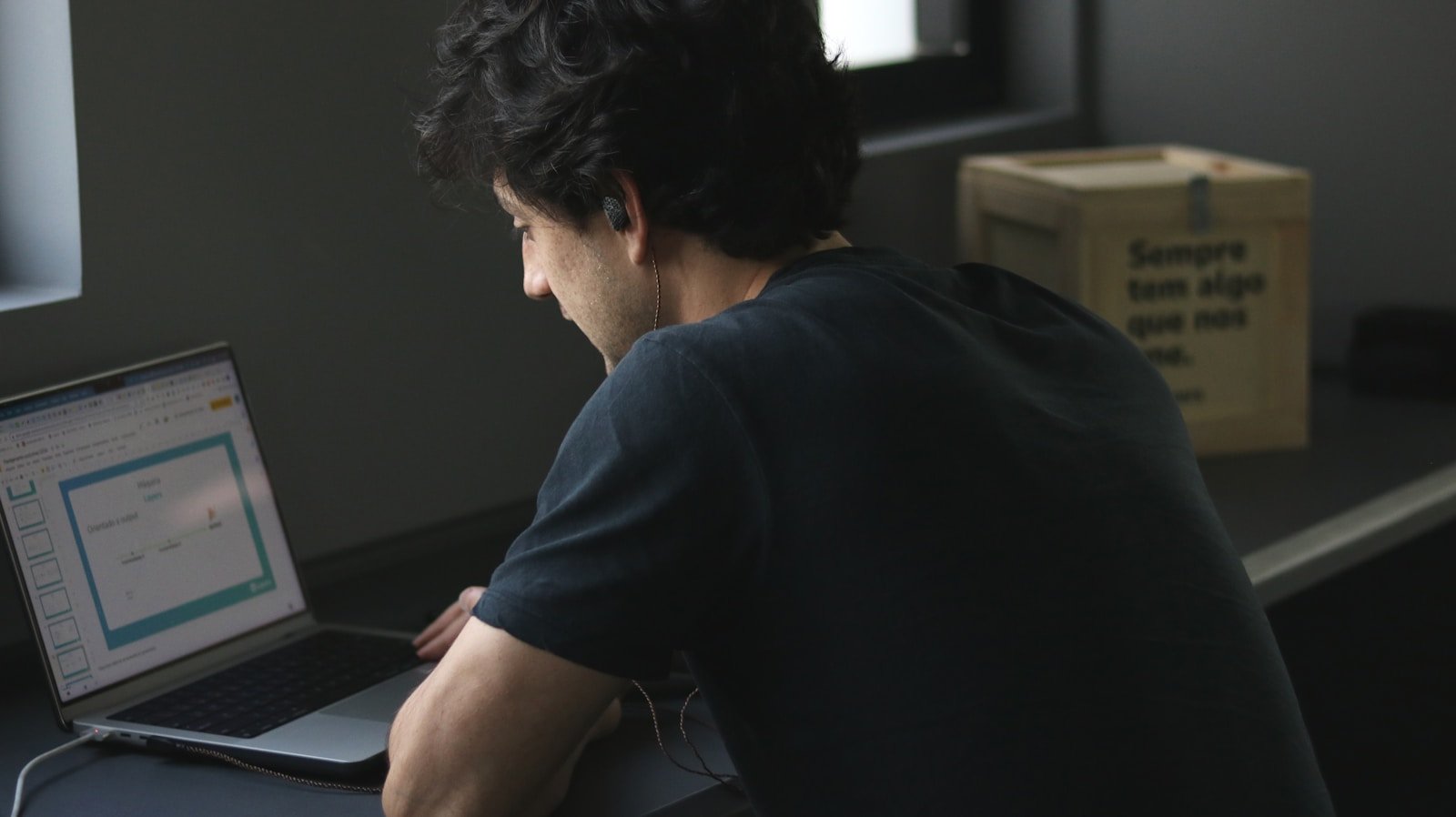Sullivan’s crossing season 3 deepens the show’s signature blend of slow-burn romance, community drama, and personal healing. This guide walks you through what to expect—release basics, viewing tips, character arcs, themes, a spoiler-managed recap, and a careful look at that finale—presented in people-first language and grounded insights.
Start here: key facts at a glance
- A focused, character-driven season that pushes Maggie and Cal’s relationship into new territory.
- A complete arc with community-centered subplots that resolve meaningfully while seeding future storylines.
- A finale that introduces a personal and legal wrinkle with major consequences for the next chapter.
- Scenic Atlantic Canada filming locations that give the town its lived-in, coastal feel.
What is Sullivan’s Crossing and why Season 3 matters
At its core, Sullivan’s Crossing is a story about second chances and the interdependence of a small town. The series follows Maggie Sullivan, a talented doctor returning home after professional and personal upheaval, Cal Jones, the quietly steadfast outdoorsman with his own scars, and Sully, a father clawing back trust and purpose. Where earlier seasons established the emotional scaffolding—homecoming, forgiveness, guarded romance—sullivan’s crossing season 3 tests that structure. Choices feel heavier, conversations dig deeper, and the consequences ripple through the town in ways that feel earned rather than engineered.

Release and where to watch (no spoilers)
New episodes rolled out first on Canadian broadcast before reaching wider audiences via U.S. network TV and on-demand platforms, with streaming availability expanding afterward. Exact timing can vary by region and platform; if you’re catching up, open your usual broadcaster or streaming app and search the show by title to see the latest catalog in your country. If you prefer to watch in order, stick to the natural sequence: Seasons 1 → 2 → sullivan’s crossing season 3.
Viewing tip: This series rewards steady pacing. Two episodes a night is a sweet spot; the emotional beats land better when you give them a little breathing room.
Quick refresher of Season 2 (spoiler-managed)
Season 2 closed with cascading crises in the town—most memorably a devastating incident that left the community rattled and several relationships at a crossroads. Maggie’s professional identity and personal boundaries were under strain, Cal’s instinct to protect ran up against the need to be truly known, and Sully’s growth arc brought him to a braver, more self-aware place. The final minutes didn’t just cliffhang; they reframed what “home” means for everyone.
What sullivan’s crossing season 3 delivers (no major spoilers)
Season 3 leans into three strengths:
- Intimate romance that respects complexity. Maggie and Cal are past the novelty of attraction. What remains is the work of partnership—trust, truth-telling, and learning how to be together without losing yourself.
- Community as character. The town’s diners, trails, docks, and porches aren’t just scenery; they’re stages for moral choices. Neighbors don’t just witness your life—they tug on it.
- Medicine with a conscience. Rather than piling on flashy cases, episodes pivot around ethical crossroads: when to intervene, how to protect a patient’s dignity, and what healing looks like when the healer is still hurting.
Expect an ensemble rhythm: an A-plot that centers Maggie and Cal, B-plots that spotlight Sully, Rob, Frank, Edna, and others, and a closing beat that nudges the long game forward. The writing favors consequences over quick resets, so victories feel hard-won and setbacks sting in recognizable ways.
The finale, explained (spoilers ahead)
Skip this section if you want to remain completely unspoiled.
The finale detonates the season’s cautious optimism with a single revelation: Liam Davies arrives and claims he’s Maggie’s husband—and he does it publicly. On a plot level, it’s a legal snarl; on a character level, it’s a trust earthquake. For Maggie, the claim forces a confrontation with past trauma, consent, and identity. For Cal, it triggers the old fear that loving someone means being blindsided. For the town, it’s another reminder that secrets don’t stay secret in a place this connected.
Crucially, the episode doesn’t undo the season’s growth. Instead, it insists that growth must hold under pressure. Supporting arcs also reach bittersweet milestones: a cornerstone business finds new footing, a long-running health storyline turns a corner, and Sully embraces a choice that reads as both risky and right—a move that entrusts more responsibility to the next wave at home. The last shot doesn’t say “The End.” It says “Now what?”
Cast and performances: who stands out
- Morgan Kohan (Maggie Sullivan) brings a lived-in steadiness to a character pulled between a calling and a history that won’t sit quietly. Her best scenes are quiet ones—the breath between decisions.
- Chad Michael Murray (Cal Jones) plays against the easy charm to explore vulnerability: a man who wants to be reliable without becoming invisible.
- Scott Patterson (Sully) balances penance with playfulness, finally stepping into a version of fatherhood that isn’t ruled by guilt.
- Tom Jackson (Frank Cranebear) & Andrea Menard (Edna Cranebear) embody the show’s moral spine—wise without being saintly, loving without being naïve.
- Reid Price (Rob Shandon) tracks a relatable arc about ownership, community pride, and the cost of starting over.
Even small roles have intention. The casting philosophy seems to prefer grounded presence over splashy guest turns, which keeps the tone consistent and the stakes local.
Episode rhythm and how to pace your watch
While runtimes and exact counts vary by territory, sullivan’s crossing season 3 lands like a compact, 10-ish episode arc with a purposeful midpoint and a finale that recontextualizes earlier scenes. Here’s a viewer-friendly cadence:
- Episodes 1–3: Stabilization after last season’s fallout; Maggie sets guardrails, Cal recalibrates, Sully takes stock.
- Episodes 4–6: Thematic deepening—trust, disclosure, the price of avoidance—with one bottle-ish episode that lets side characters breathe.
- Episodes 7–8: Convergences; individual subplots collide in ways that expose unspoken truths.
- Episodes 9–10: Consequences and choice. The penultimate episode does the emotional heavy lifting; the finale changes the map.
If you’re bingeing, take five-minute breaks between episodes to let the emotional notes settle. Yes, really—it makes the finale land harder.
Setting and production: why the world feels real
Exterior work around Nova Scotia gives the show texture you can almost smell: briny air, scuffed docks, forest trails that swallow sound. Production design leans on weathered wood, warm lamplight, and the kind of clutter you don’t notice until it’s missing—coffee mugs that don’t match, flyers curling on a corkboard, lived-in booths at the diner. The camera often favors medium-close framings that read as intimate without turning claustrophobic, underscoring the theme that privacy in a small town is negotiated, not guaranteed.
How Season 3 compares to Seasons 1 and 2
- Bolder about consequences. Earlier seasons sometimes protected characters from the full blast of their choices. Season 3 doesn’t.
- More adult romance. The courtship energy is still here, but the focus shifts to maintenance: apologies, boundary-setting, and the tenderness of staying.
- Community stakes broaden. The show widens the aperture from individual reconciliation to shared responsibility—who carries the town when the usual anchors falter?
Themes that leave a mark
- Accountability vs. self-protection. The season keeps asking whether silence is kindness or cowardice.
- The difference between coping and healing. You can function and still be unwell; you can be loved and still feel alone.
- Inheritance. Not money—habits, wounds, and wisdom. What do we pass on, and how do we choose differently?
- Place as pedagogy. The Crossing teaches, sometimes gently, sometimes with a thud: show up, tell the truth, carry each other.
Is the finale’s twist fair?
Yes—and that matters. Surprises work when they emerge from character logic rather than authorial whim. The Liam development doesn’t feel like a hat pulled from nowhere. Instead, it reframes simmering questions about Maggie’s past and the shape of consent, power, and documentation. It’s messy, and it should be. The aftermath will require legal clarity and emotional courage, not just a grand romantic gesture.
Practical guide to watching without headaches
- Start at the beginning. If you’re new, resist the temptation to jump in midstream. The early seasons lay essential emotional pipe.
- Subtitles help. Quiet conversations carry crucial context; captions ensure you don’t miss a muttered confession or a name in passing.
- Journal your reactions. Sounds extra, but jotting a few lines after each episode helps you spot the show’s patterns—themes recur like melodies.
Who will love sullivan’s crossing season 3 (and who won’t)
- You’ll love it if you’re drawn to warm, relational storytelling like Virgin River and Hart of Dixie, but you want a slightly more grounded moral spine.
- You might bounce off if you prefer plot-dense procedurals or you’re allergic to romance. The show moves at a human pace on purpose.
Frequently asked questions
Do I need to watch the first two seasons to enjoy Season 3?
Strongly recommended. The conflicts—especially around trust—land harder when you’ve lived with the characters’ earlier choices.
Is Season 3 safe for teens?
Generally yes, with caveats. Themes include trauma, addiction, and adult relationships. It’s thoughtful rather than explicit, but parents may want to preview.
How long is the season?
A compact, full-season arc that feels like around ten episodes, designed to be watched over a few evenings or a dedicated weekend.
Is there another season coming?
The finale clearly sets up the next chapter. Industry timelines and cast announcements tend to arrive closer to production windows, so keep an eye on official channels if you like following the meta.
Are there major character exits?
No spoilers here, but the season reassigns responsibilities in ways that feel organic, not punitive.
What the show says about love, work, and home
One of the quiet pleasures of sullivan’s crossing season 3 is how it treats love as a practice, not a prize. Cal’s steadiness isn’t a plot device; it’s a discipline. Maggie’s brilliance isn’t an armor; it’s a gift complicated by grief. Work matters, but not at the expense of belonging. Home isn’t a GPS coordinate; it’s the people who hold you accountable and the promises you renew when nobody’s watching.
A critic’s checklist: craft moments to notice
- The dock conversations. Watch how the camera uses negative space to echo emotional distance.
- Transitions from exterior to interior. The show often cuts from open water and wind to tight, quiet rooms—mirroring the move from public face to private truth.
- The diner as a barometer. Its evolution tracks the town’s resilience; pay attention to who sits where and when.
- Music cues. Sparse and precise; they signal not what to feel but where to look.
Final verdict
Sullivan’s Crossing has always been comfort television with a conscience. sullivan’s crossing season 3 keeps the comfort—sunlit kitchens, familiar faces, a horizon of hope—while strengthening the conscience. It trusts viewers to handle ambiguity, grief, and the awkwardness of becoming better people in public. If you’ve followed the series this far, Season 3 feels both inevitable and surprising, like a hard conversation you were finally ready to have. If you’re new, you’ll find a tender, grown-up drama that values care over shock, repair over spectacle, and love that looks like showing up.
Pull up a chair at the diner, order something simple, and let the town do what it does best: remind you that healing is communal, courage is daily, and second chances—when taken seriously—turn into new lives.


0 Comments